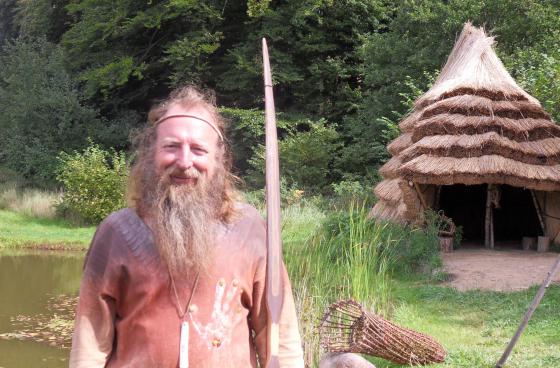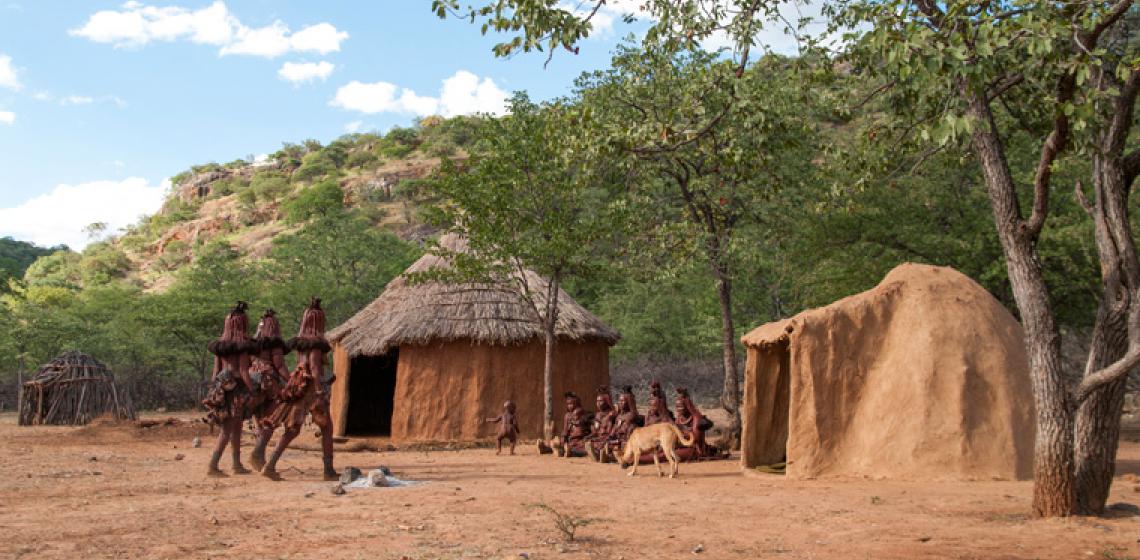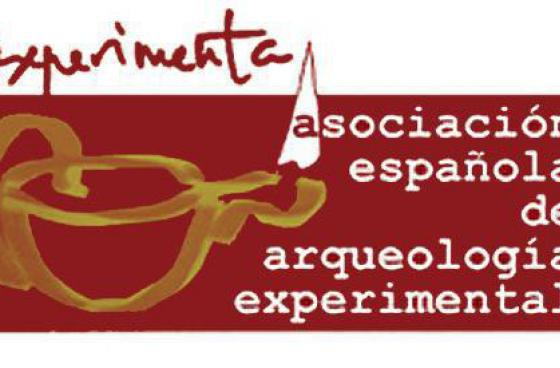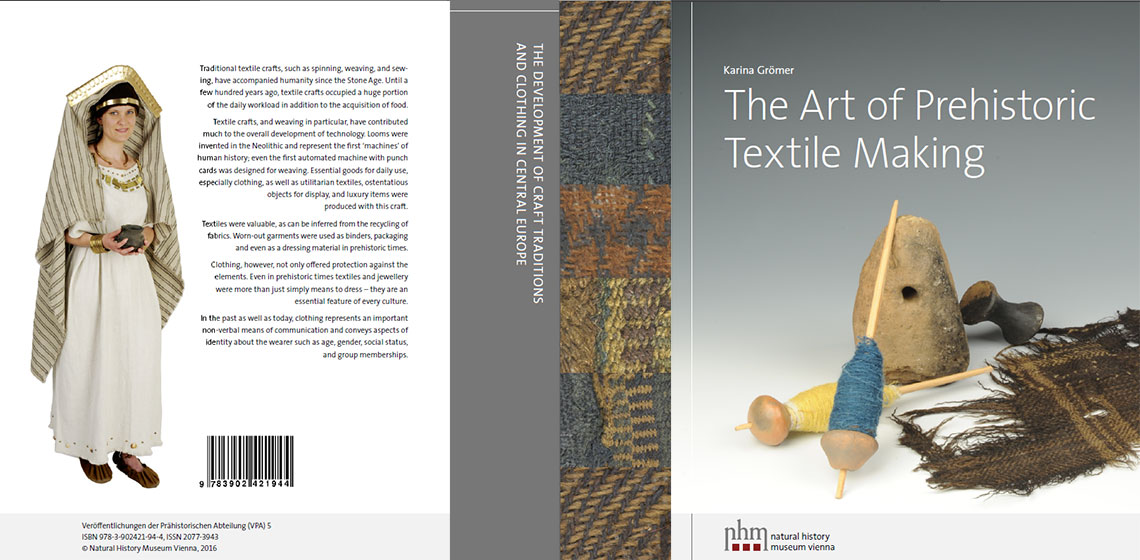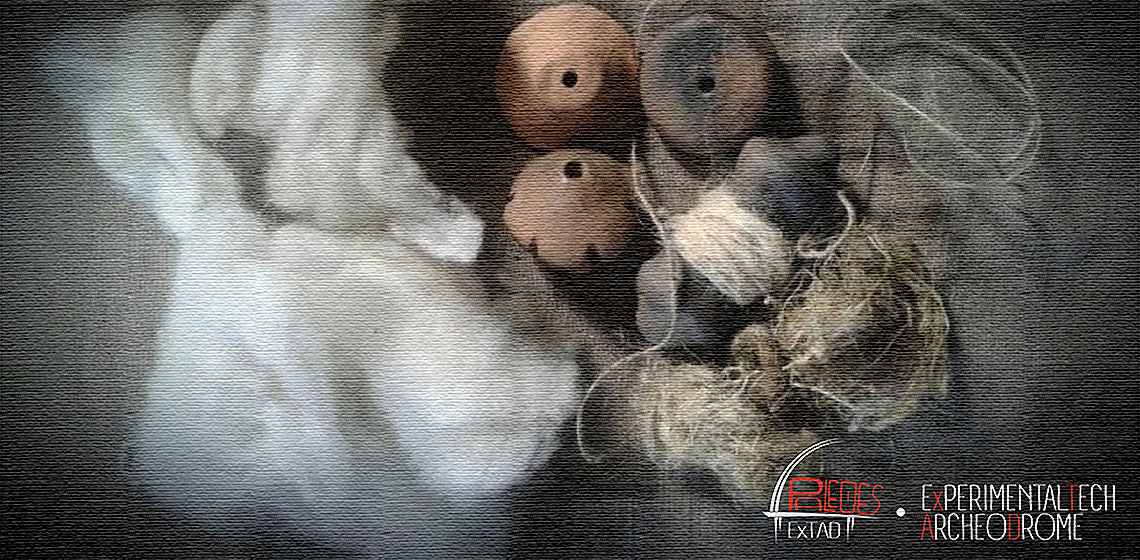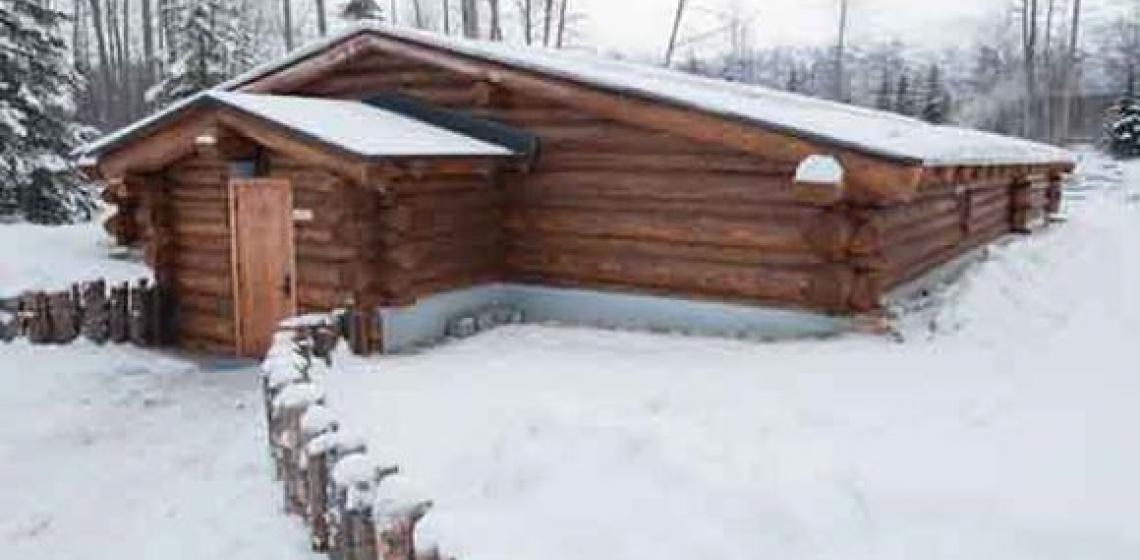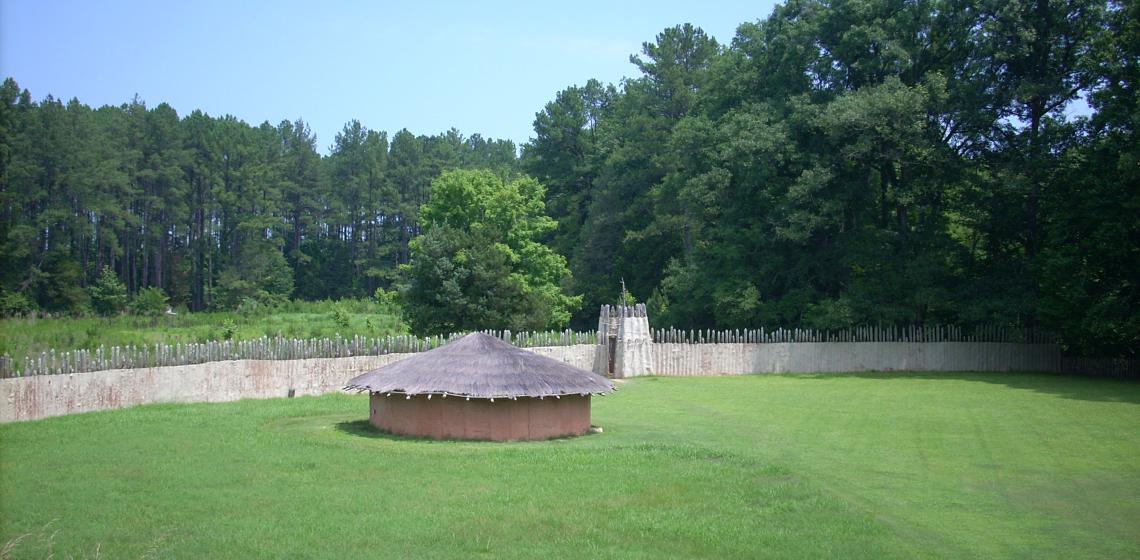In 2010, the remnants of a 16th century indigenous village were discovered in St. Vincent, on the construction terrain of the new International Argyle Airport. The Amerindian village is now reconstructed based on excavated floor plans and the detailed descriptions of 16th century travellers. The Cayo Village Reconstruction Project at Argyle is the first and only Kalinago-European site of encounter to be found and fully excavated.
The site was initially excavated by NEXUS 1492 archaeologists Dr. Corinne Hofman and Dr. Menno Hoogland and revealed floor plans of eleven Amerindian houses. Two of these dwellings were larger, elongated structures, which, using the dictionaries of Reverend Raymond Breton, were interpreted as men’s houses. Breton’s dictionaries include detailed descriptions of the houses and building materials.
In the interest of preserving this important local heritage, the Cayo Village was declared a National Heritage Site.

